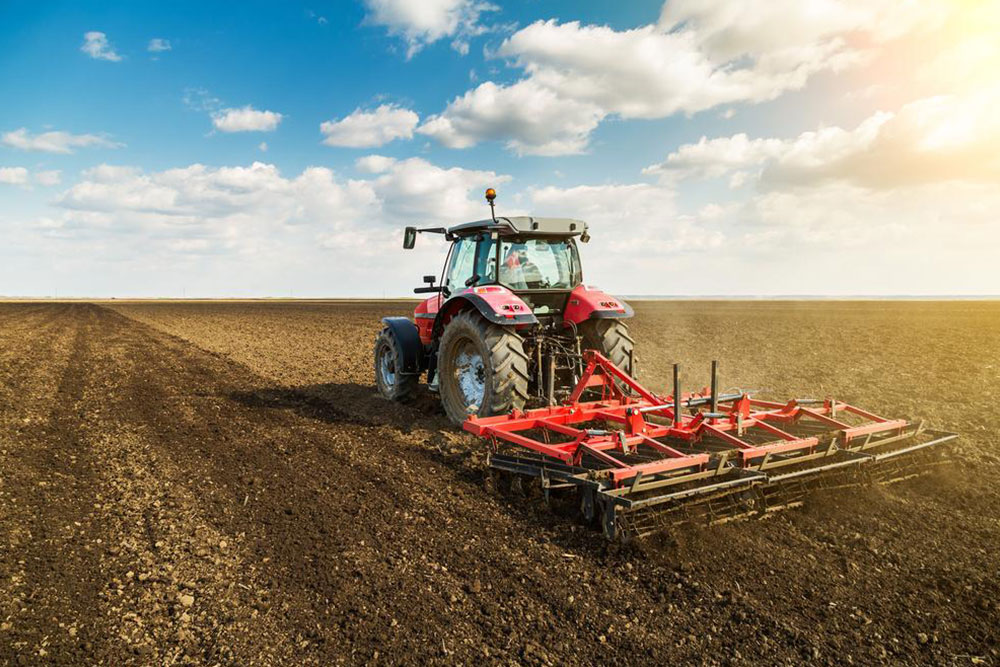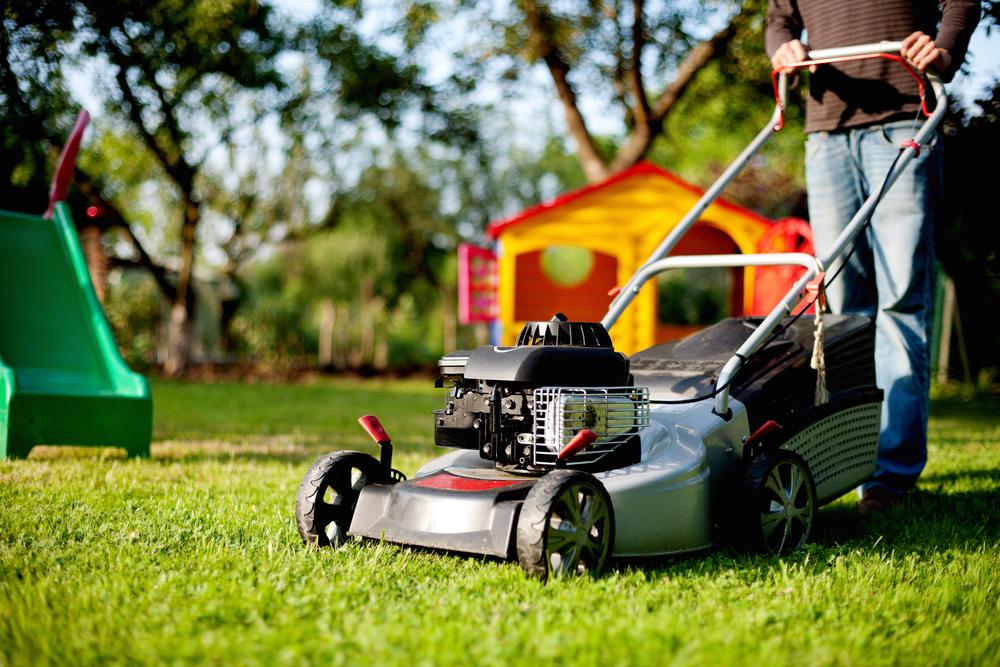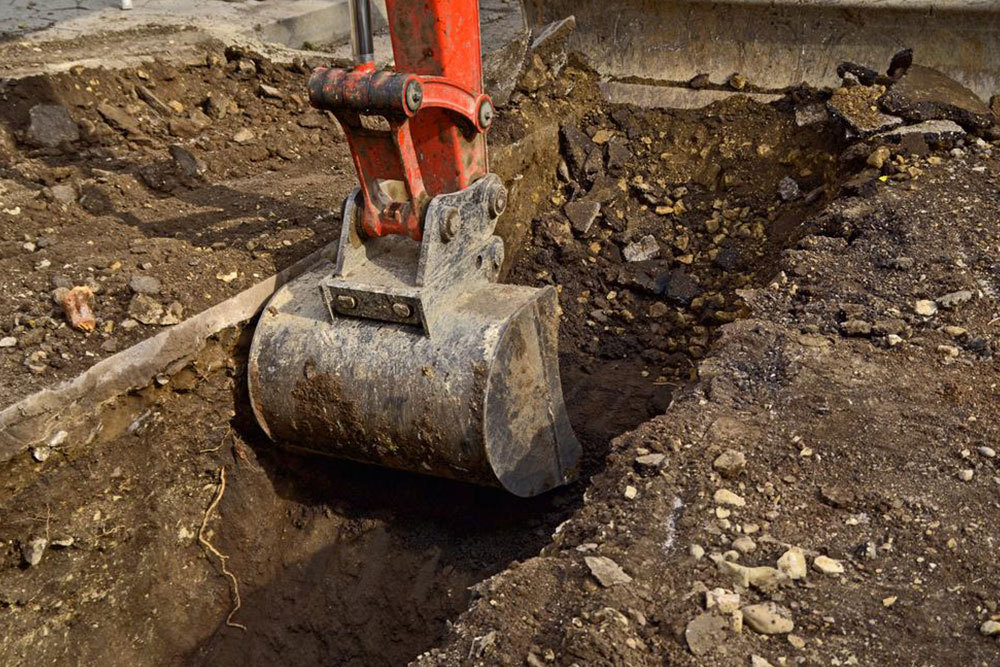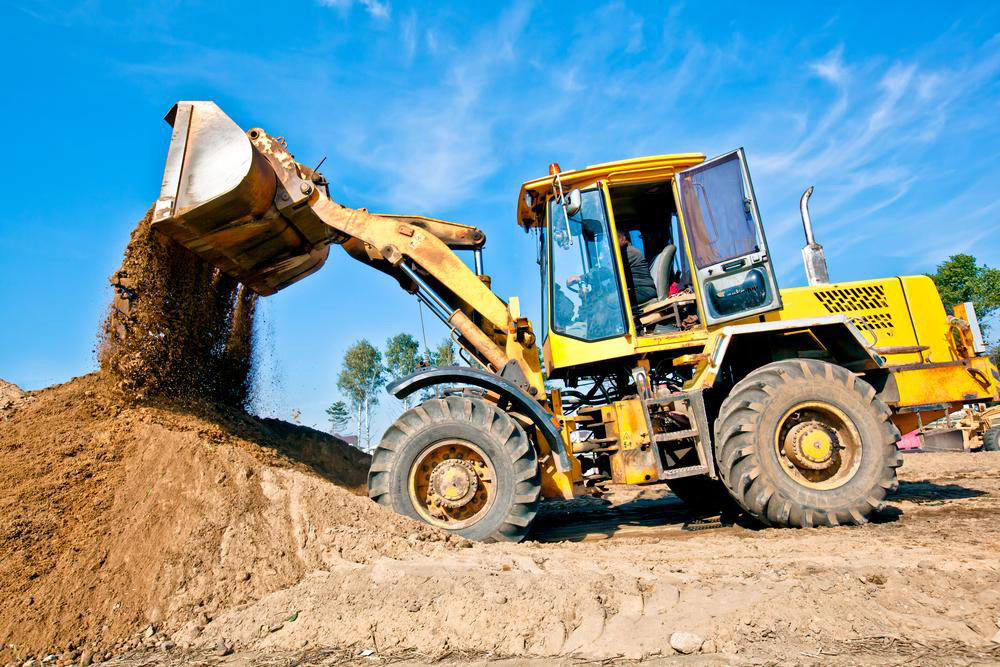Essential Tips for Using Gardening Backhoes Effectively
Discover essential insights into gardening backhoes, including their types, best uses, and key factors to consider before buying or renting. Learn how these versatile tools can simplify land development tasks, improve efficiency, and suit different project sizes. Whether for small garden projects or larger landscaping endeavors, understanding backhoe options helps in making informed decisions and achieving successful results with minimal effort.
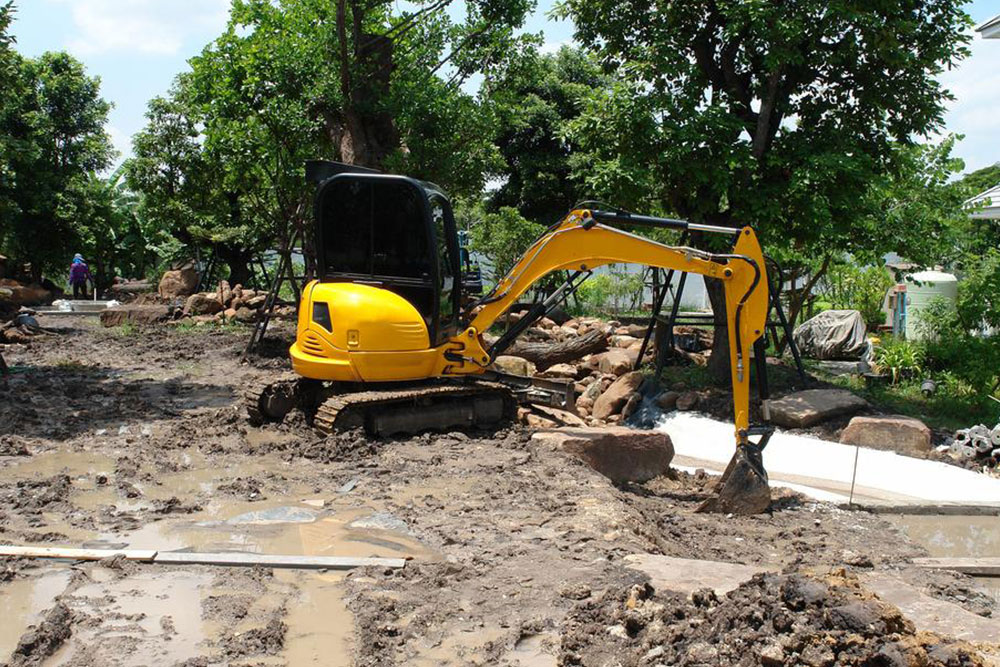
Essential Tips for Using Gardening Backhoes Effectively
Backhoes are versatile and user-friendly tools essential for urban landscaping and land development projects. Designed for excavating, they feature components like a loader, boom, pivot, and dipper, all powered by hydraulic systems that efficiently remove soil, rocks, and other heavy materials with minimal effort. Leading manufacturers include JCB, Komatsu, Case CE, Deere & Company, Ford, and Kubota.
Backhoes come in various sizes suitable for different tasks. Smaller models are perfect for gardening activities like planting, digging holes for lamps, or even constructing ponds or lakes. Unlike excavators, backhoe designs cater to specific project scales, making them ideal for small to medium tasks. If a backhoe isn't feasible, mini excavators serve as a good alternative.
Before purchasing or renting a backhoe, consider several factors:
Financial considerations
Initial costs are significant, but long-term rentals might turn out to be more expensive. Assess your budget to determine the most economical choice.
Ownership costs
Ownership involves expenses beyond purchasing, including licensing, maintenance, operation, insurance, transportation, and fuel, which can constitute a large part of ongoing costs. In some cases, in the USA, owners may benefit from tax advantages like 1031 Like-Kind Exchanges for business equipment.
Availability and usage needs
Owning equipment provides constant access, allowing flexibility in work schedules. Renting suits short-term projects or repairs where ownership isn't necessary.
Appropriate sizing
Select a machine size based on the workspace—whether open or confined—and the terrain, whether smooth or rocky. Proper sizing ensures efficiency and safety.

